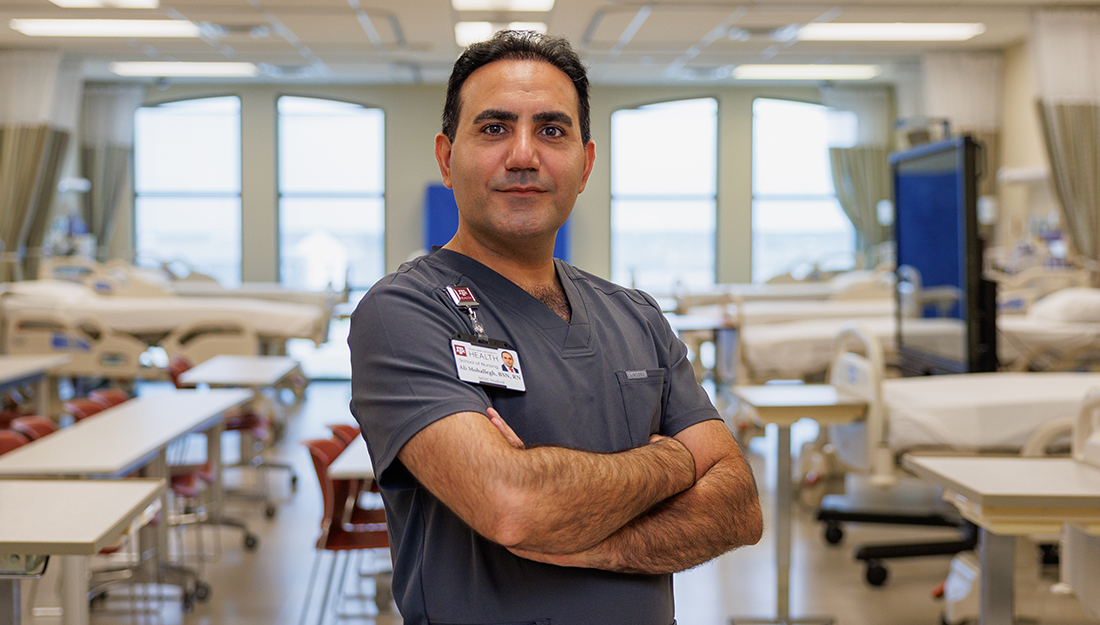Collaborative learning helps health professional communication
Lack of communication among health professionals is one of the causes of medical errors, and a literature review by researchers at the Texas A&M Health Science Center (TAMHSC) College of Nursing suggests implementing a collaborative learning environment among health disciplines early on, in the baccalaureate curriculum.

“Interprofessional Education and Prelicensure Baccalaureate Nursing Students: An Integrative Review” is available in the March/April 2013 print edition of Nurse Educator.
“Although health profession students may take the preprofessional course together, the primary focus is discipline specific,” said study lead author Cindy Hudson, D.N.Sc., RN, PHCNS-BC, CNE, associate professor and director of nursing education at the TAMHSC-College of Nursing Round Rock Campus. “Each profession has unique educational objectives, outcome measures, clinical schedules, and cultures, values and beliefs.”
The researchers note that this uniqueness results in disconnect, which can contribute to a lack of teamwork among health disciplines.
While previous reviews examine interprofessional education, the team’s review examines 13 interprofessional intervention studies with the four core competency domains outlined by the Interprofessional Education Collaborative Expert Panel Report – values/ethics, roles and responsibilities, interprofessional communication, and teamwork – and concludes with a discussion of implications for nursing education, practice and research.
The findings suggest that nursing students’ professional development may be enriched through interprofessional education, and students in other health professions may develop an appreciation of the unique contributions of nursing.

“Interprofessional education is a promising education strategy to promote nursing’s role and presence in quality patient care and positive patient outcomes,” said Kathryn Sanders, M.S.N., RN, assistant professor at the TAMHSC-College of Nursing and study co-author. “By collaborating early on, students from different disciplines – medicine, pharmacy and nursing – are afforded the opportunity to practice working together to develop appropriate role expectations, respect and teamwork.”
Catherine Pepper, M.P.H., MLIS, assistant professor at the Texas A&M University Medical Sciences Library and coordinator of library field services in Round Rock, also contributed.
Media contact: media@tamu.edu


